
Credit: Laurie Campbell / WTML
Velvety and a little disconcerting, the jelly ear looks just like an ear growing off decaying branches. Look for them in the damp and shady conditions they love, on trees like elder and beech.
Common names: jelly ear, Judas’s ear, wood ear
Scientific name: Auricularia auricula-judae
Family: Auriculariaceae
Fruiting season: year-round
Habitat: dead and dying branches
Ear-shaped bracket fungus resembling tan-brown, gelatinous, jelly-like flesh.
Bracket: at first cup-shaped, developing lobes that make them look uncannily like human ears. Tan-brown and velvety on the outside, with a wrinkled, shiny inner surface. Individual lobes can grow to between 3 and 10cm across. Rubbery, gelatinous flesh.
Gills/spores: spores are sausage-shaped with a white spore print.
Not to be confused with: bay cup (Peziza badia) which grows on the ground and is poisonous; and tripe fungus or grey brain fungus (Auricularia mesenterica) whose fruit bodies are smaller, paler, and hairier.

Credit: Laurie Campbell / WTML
Jelly ear fungus can freeze solidly and then thaw out and continue to grow.
One of the jelly ear’s other common names is Judas’s ear. This name alludes to the fact that the ‘ears’ appear mostly on elder – the tree species that Judas hanged himself on after betraying Jesus Christ to his executioners. The legend is that the ‘ears’ which emerge from elder wood represent his tormented soul.

Credit: Naturepix / Alamy Stock Photo
Jelly ear is popular in Chinese cuisine, where it is known as ‘wood ears’. It was used medicinally until at least the 1860s, and it was thought that fungi that looked like body parts could be used to treat that body part. It was therefore used to treat eye conditions (as eyes are gelatinous like the fungus) and throat problems (as jelly ear’s structure was considered similar to the throat’s). Herbalist John Gerard recommended a remedy for sore throats made by boiling jelly ear in milk.
Jean Baptiste François (Pierre) Bulliard first described the fungus scientifically in 1789. However, it was Austrian botanist-mycologist Richard Wettstein who finally transferred the fungus to its present genus in 1897.

Amy Lewis • 21 Oct 2021
Bracket fungi, also known as shelf or polypore fungi, grow on both dead and living trees. Here we list some of the UK's more common and easily distinguished types to get to grips with.
Identify bracket fungi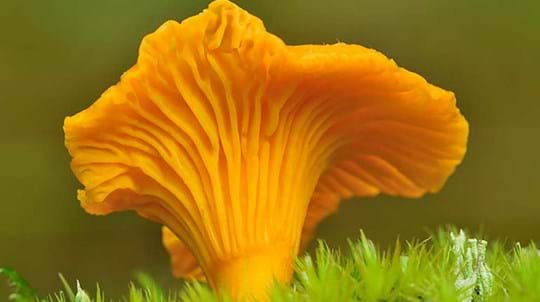
Trees woods and wildlife
A dazzling array of shapes, sizes and colours. Find out about fungi and lichens, from ancient taboos to magic and medicine.
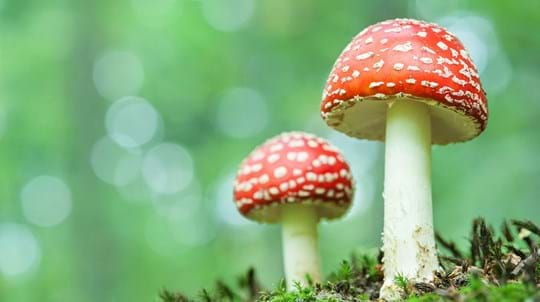
Blog
Helen Keating • 31 Aug 2017
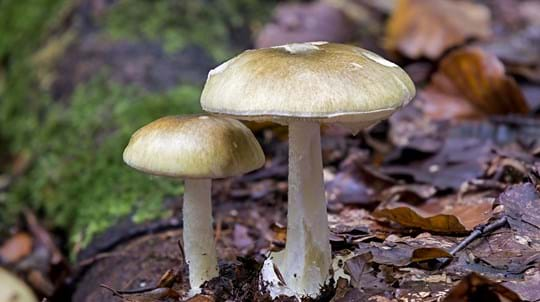
Blog
Hanako Shimada • 19 Feb 2025
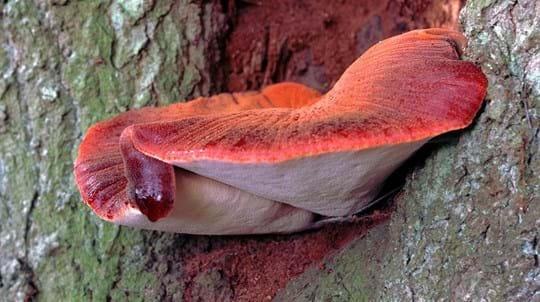
Blog
Helen Keating • 29 Oct 2018
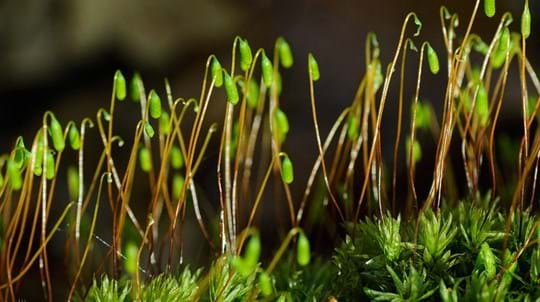
Trees woods and wildlife
Ancient and damp, mosses are part of a group of plants known as bryophytes. There are over 1,000 in the UK, and some have global significance.
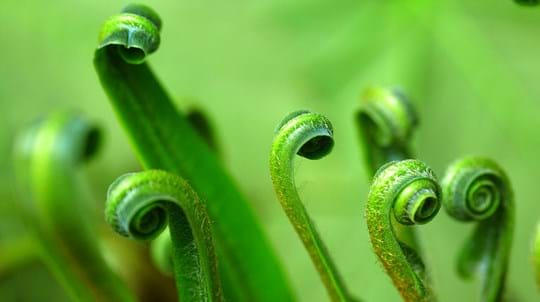
Trees woods and wildlife
Lush, ancient and primitive. Find out more about the UK's shade-tolerant woodland ferns.
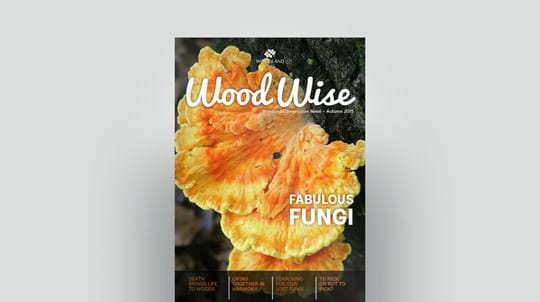
Journal
PDF (1.58 MB)
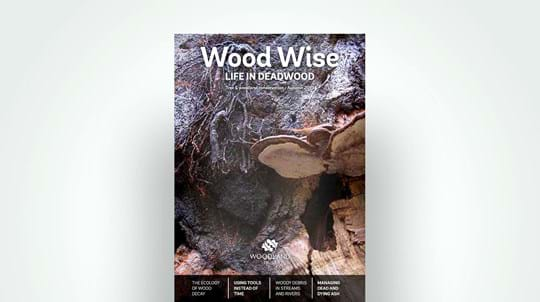
Journal
PDF (4.01 MB)